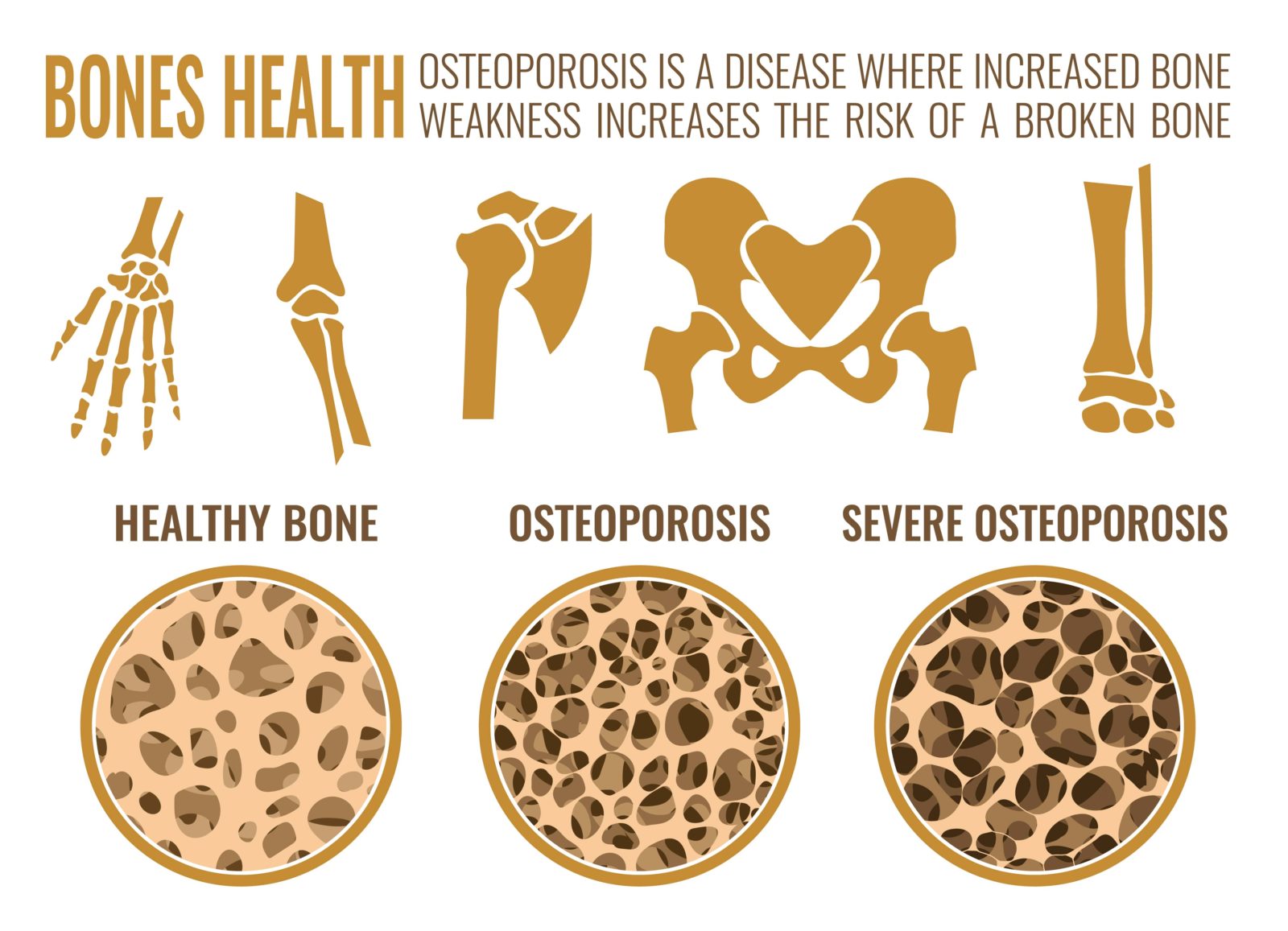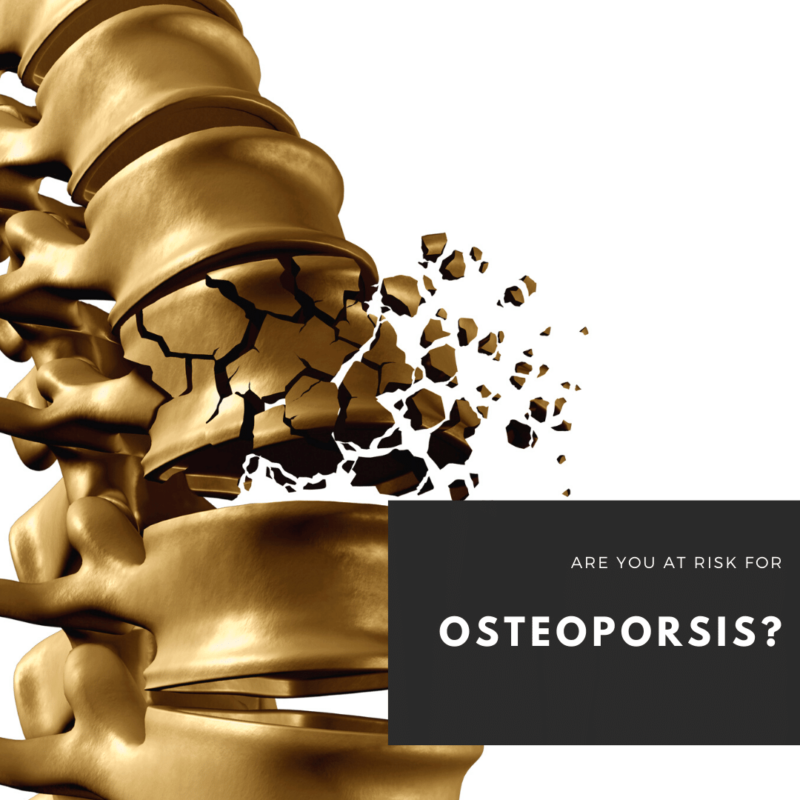Did you know that 1 in 2 women and 1 in 4 men over the age of 50 will break a bone due to osteoporosis? These numbers, provided by the National Osteoporosis Foundation, illustrate just how common osteoporosis is in older adults. Osteoporosis is a disease that affects the bones and occurs when the body loses too much bone, makes too little bone, or a combination of both. The result is bones that are weak, brittle, and break easily.

This can be especially problematic when osteoporosis affects the vertebrae. This is because osteoporosis can cause vertebral fractures. It is rather common that individuals with osteoporosis usually break vertebrae in the upper thoracic region of the spine. Breaking the thoracic vertebrae causes the spine to curve in a phenomenon known as kyphosis, which is characterized by hunched posture, as well as a loss of height.
Depending on the severity of the curve, some people may experience constant back pain due to the straining of muscles, ligaments, and tendons along the spinal column. In some cases, spinal nerves can also become pinched. Severe cases of kyphosis can even lead to problems with breathing and eating, since there is limited room for the organs.
Despite the fact that osteoporosis is extremely common, it is not a natural part of aging which means not everyone will be affected by the disease. Therefore, in order to know if you are at risk for osteoporosis, you will need to identify possible risk factors. When it comes to osteoporosis, there are certain risk factors that can be controlled and others that cannot.
Controllable Risk Factors
- Not getting enough calcium and vitamin D. Calcium is an essential mineral used by the body to support strong, healthy bones. However, vitamin D is needed to absorb calcium into the body as it passes through the small intestine. Therefore, it is important to not only get enough calcium, but to get enough vitamin D as well.
- Not eating enough fruits and vegetables. Eating a balanced healthy diet with plenty of fruits and vegetables can help decrease the risk of osteoporosis. This is because fruits and vegetables contain a variety of vitamins and minerals that are needed by the body for good bone health.
- Too much protein, sodium, and caffeine.
- Unhealthy lifestyle habits. Smoking and drinking excessive amounts of alcohol are detrimental to your overall health and can increase the risk of osteoporosis. Additionally, living a sedentary lifestyle can also increase your risk.
- Losing too much weight. If you lose too much weight and become very small and thin, then you increase your risk of developing osteoporosis.
Uncontrollable Risk Factors
- Age: After the age of 30, you will start to lose bone mass at a faster rate than you will produce new bone. Individuals over the age of 50 are at an increased risk for developing osteoporosis.
- Gender: Osteoporosis occurs more often in women than it does in men, although men can still get the disease. It is believed that osteoporosis is more common in women due to their longer lifespans and lighter bone structure.
- Family history: if your parents and/or grandparents have osteoporosis, there is an increased risk that you will also develop osteoporosis.
- Being small and thin: women who are already thin and of low body weight have an increased risk of developing osteoporosis due to the fact that they have less bone to lose.
- Broken bones: Bones that have broken before may not be as strong










